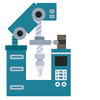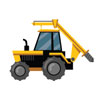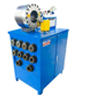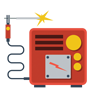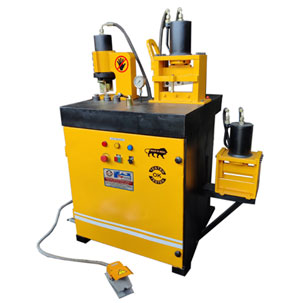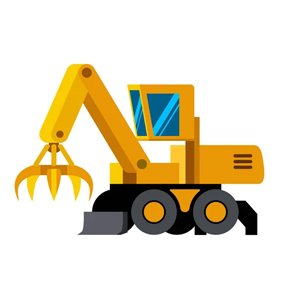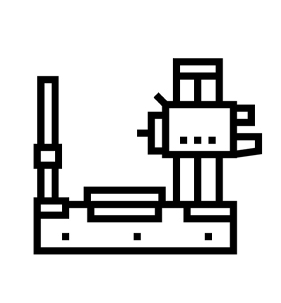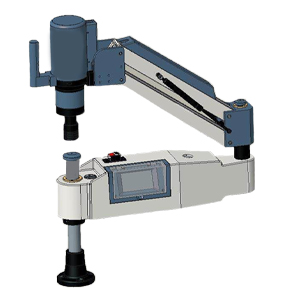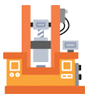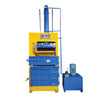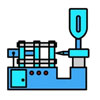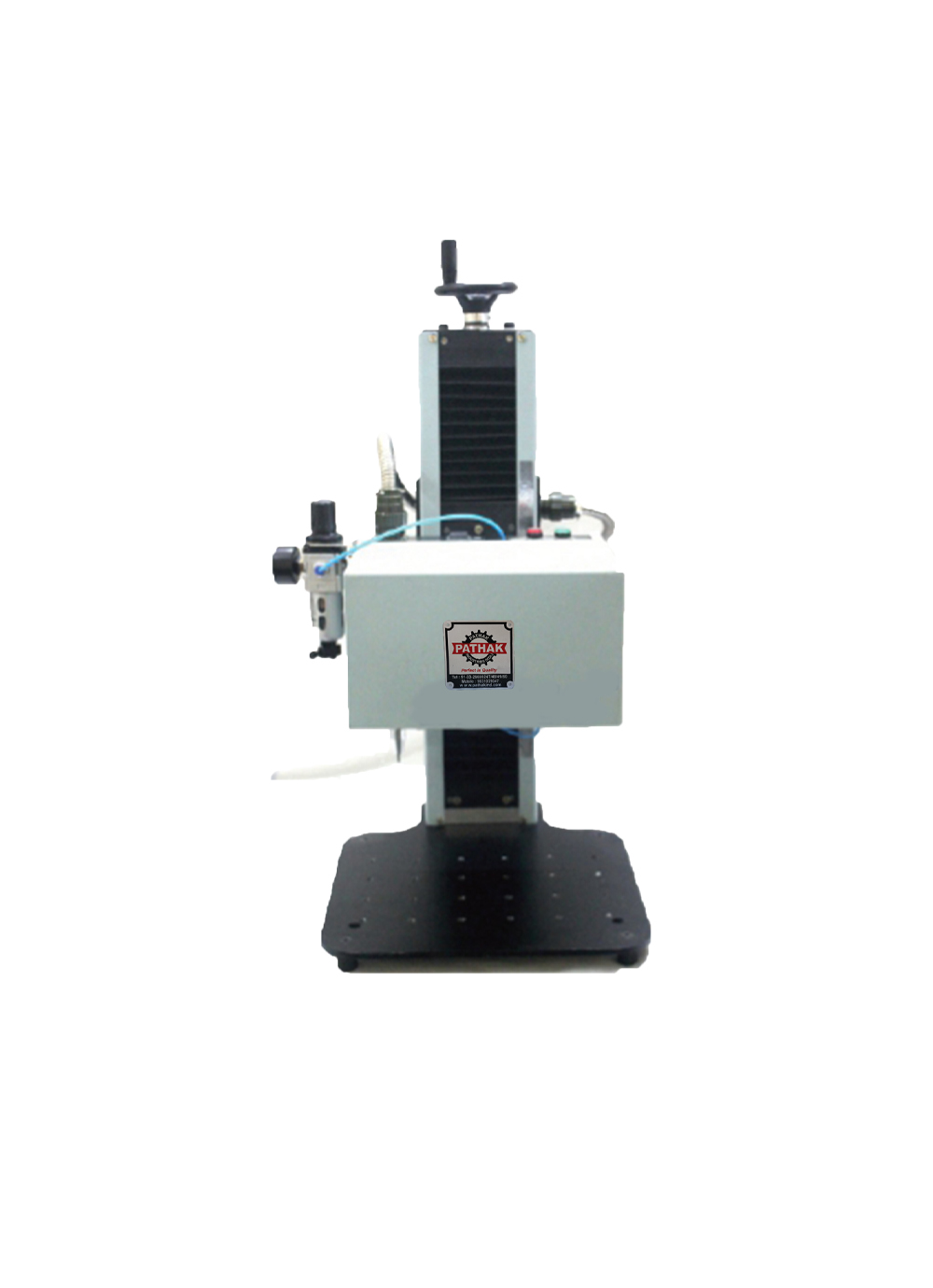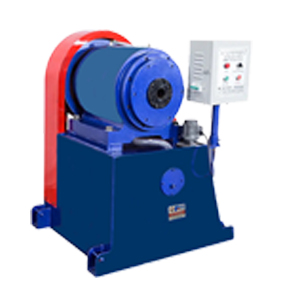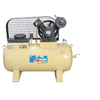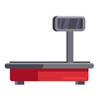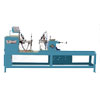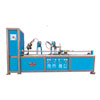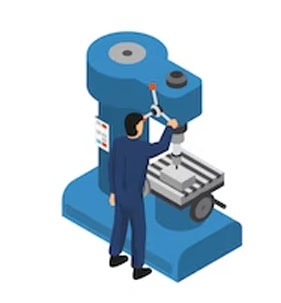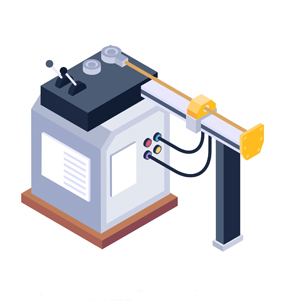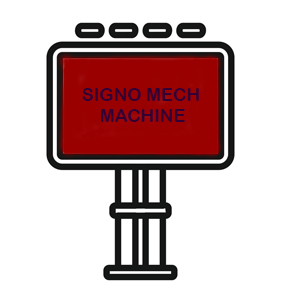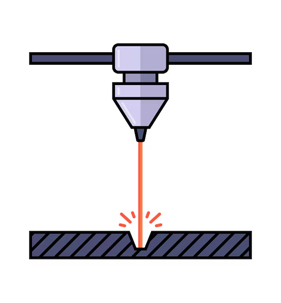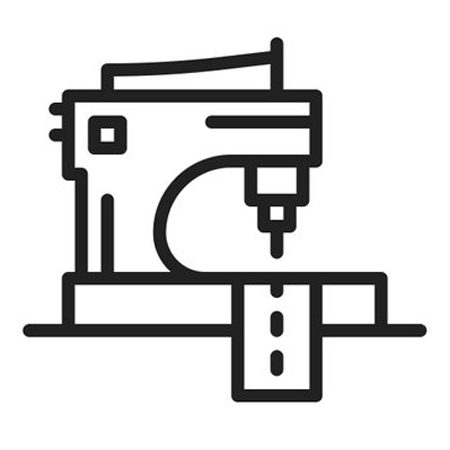A Beginner's Guide to Busbar Fabrication and Assembly
Published On: Jun 15, 2023 by Pathak
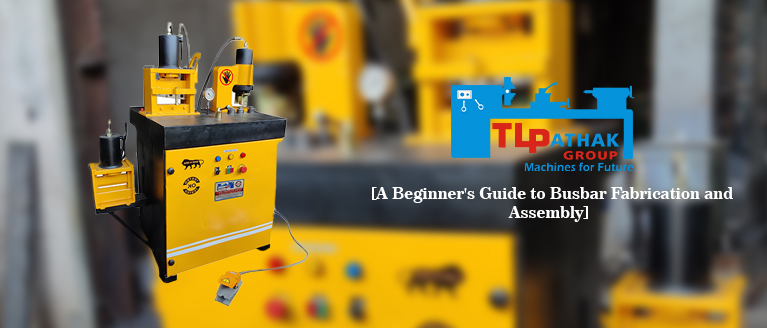
A Beginner's Guide to Busbar Fabrication and Assembly -
Introduction:
a. Introduce the topic of busbar fabrication and assembly as an essential process in electrical systems.
b. Highlight the significance of understanding the basics for beginners to ensure successful busbar construction.
1. Understanding Busbars:
a. Define busbars as conductive metal bars used for power distribution and electrical connections.
b. Explain their importance in various applications, such as switchgear, control panels, and power distribution systems.
2. Materials and Types of Busbars:
a. Discuss the commonly used materials for busbars, such as copper and aluminum, and their properties.
b. Explain the different types of busbars, including solid, laminated, and tubular, and their specific applications.
3. Design Considerations:
a. Highlight the importance of proper busbar design, including dimensions, cross-sections, and clearances.
b. Discuss factors to consider, such as current carrying capacity, voltage drop, and thermal considerations.
4. Tools and Equipment:
a. Introduce the essential tools and equipment required for busbar fabrication and assembly.
b. Discuss tools like shears, punches, bending machines, and crimping tools, and their specific uses.
5. Punching, Bending, and Shearing Processes:
a. Explain the key processes involved in busbar fabrication, including punching, bending, and shearing.
b. Discuss the purpose of each process, the equipment used, and safety precautions to follow.
6. Assembly Techniques:
a. Describe various techniques for busbar assembly, such as bolting, welding, and soldering.
b. Explain the considerations for proper insulation, grounding, and mechanical strength in the assembly process.
7. Testing and Quality Control:
a. Highlight the importance of testing busbars for electrical continuity, insulation resistance, and mechanical integrity.
b. Discuss quality control measures, such as visual inspections, dimensional checks, and electrical testing.
8. Safety Guidelines:
a. Emphasize the significance of following safety protocols and guidelines during busbar fabrication and assembly.
b. Discuss measures like personal protective equipment (PPE), proper handling of tools, and electrical safety precautions.
9. Troubleshooting Common Issues:
a. Identify common challenges and issues that beginners may encounter during busbar fabrication.
b. Provide troubleshooting tips and solutions for problems like improper bends, misalignments, or electrical faults.
Conclusion:
Summarize the key points covered in the beginner's guide to busbar fabrication and assembly.
Encourage beginners to continue learning and seek further resources to enhance their knowledge and skills in busbar construction.
Lastest Articles
-
Embracing NC Hydraulic Press Brake Technology in Middle East Factories
Being a prominent center for indust... -
What machines are used to set up an Electrical Modular Box Plant
Attention all aspiring entrepreneur... -
Manual Process For Making Steel Almirah
Steel almirah are not only durable ... -
Semi Automatic Almirah Making Machines
Streamlining Production Processes w... -
Steel Almirah Manufacturing With Fully Automatic High Precision Machines
Welcome to the world of precision a... -
Unlocking the Power of Precision Understanding the Purpose and Functionality of Drilling Machines
A drilling machine is a tool used f... -
A Beginners Guide to C-Frame Presses for Industrial Applications
Welcome to the world of C-frame pre... -
Busbar Machine Applications in Automotive Manufacturing
Busbar Machine Applications i... -
How Busbar Machines Contribute to Electrical Safety and Reliability
How Busbar Machines Contribute to E... -
A Beginner's Guide to Busbar Fabrication and Assembly
A Beginner's Guide to Busbar Fabric...






